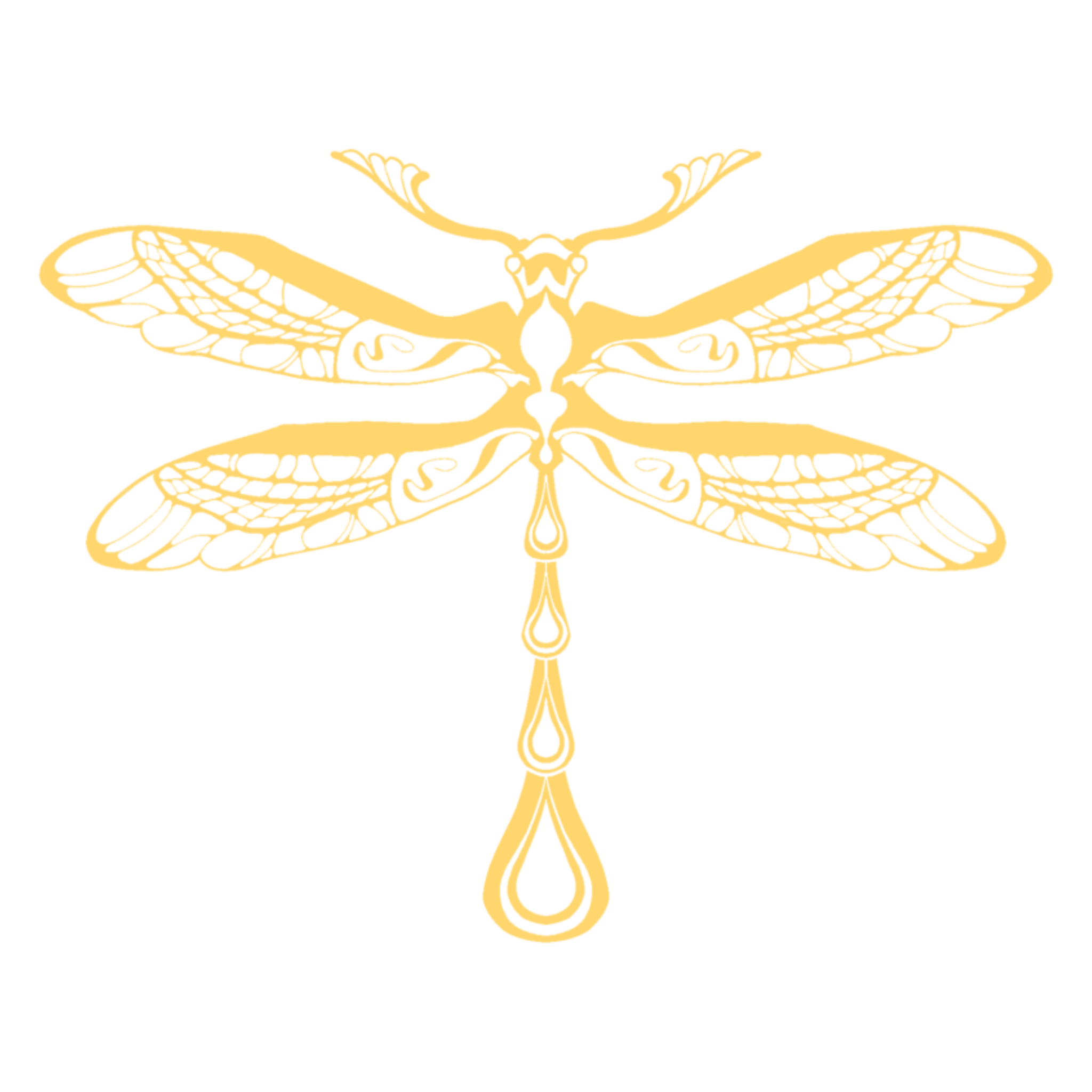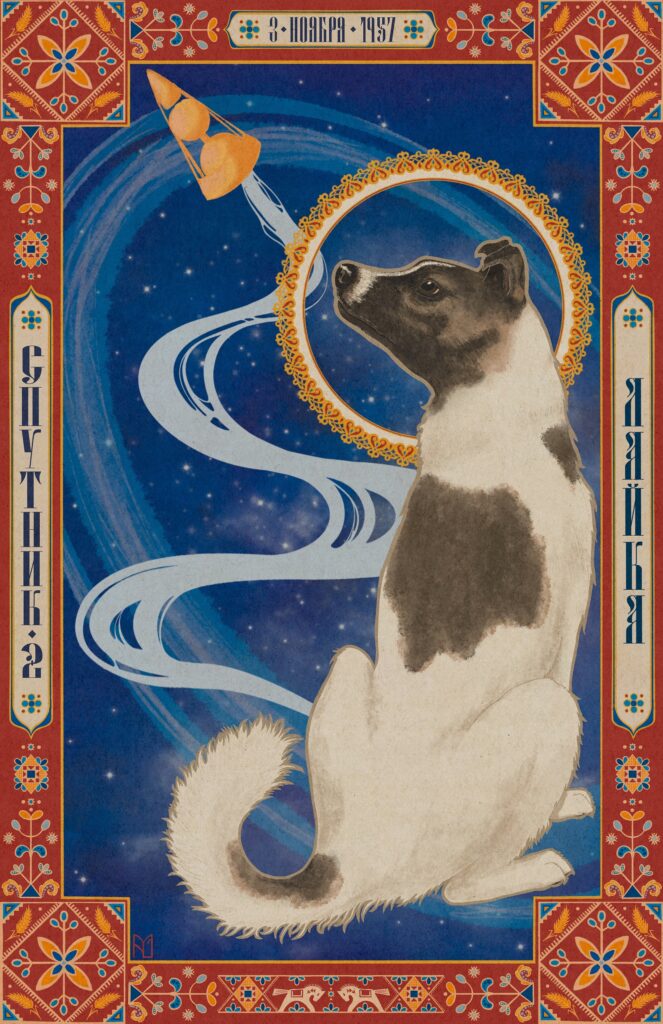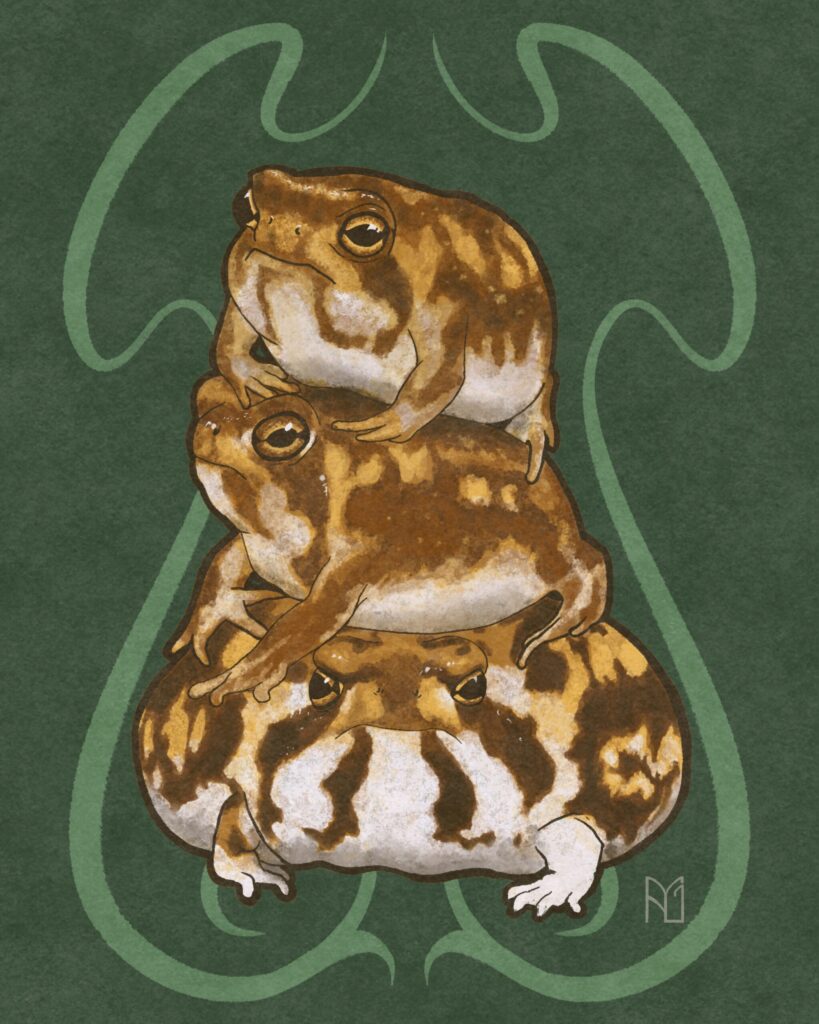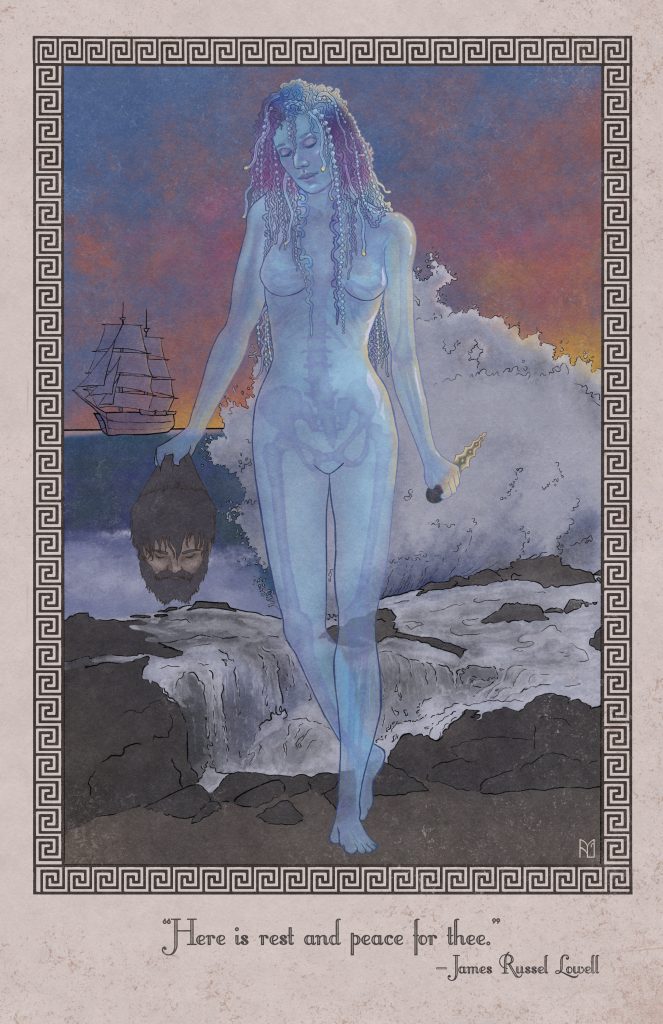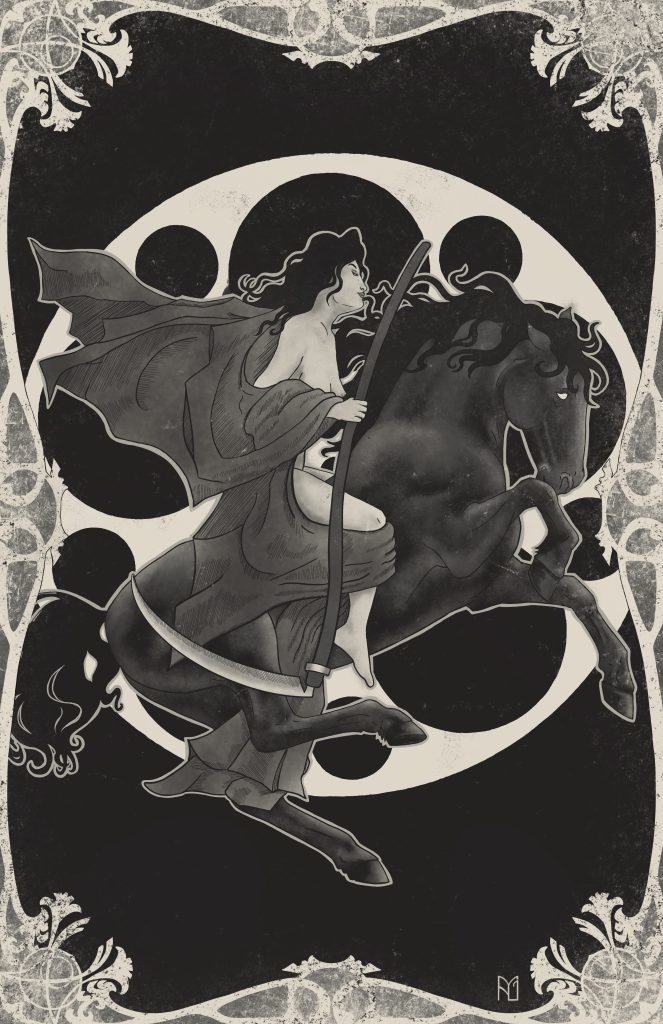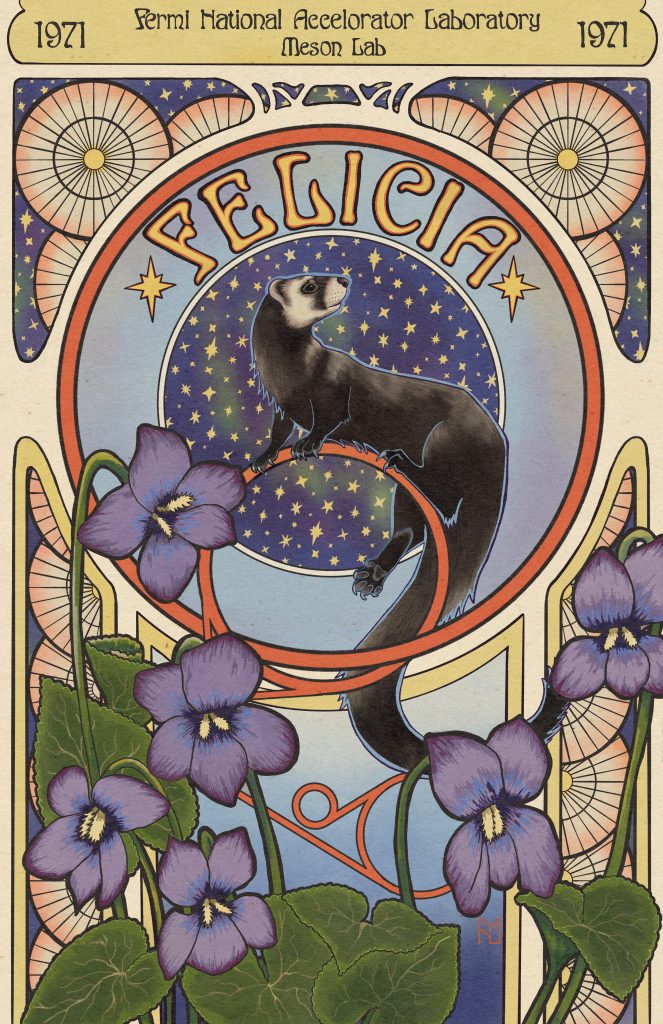
Art Nouveau as a style is pretty striking. With its flowing lines and abstract shapes, it sometimes looks almost like it’s something out of science fiction. But what is it and where did it come from?
History
Art Nouveau began in Europe as a direct response to the Industrial Revolution in the late 19th century. The advent of factories and heavily populated cities created an environment that to many was crowded and oppressive. Work hours were long, industrial waste was polluting the sky and water, and people were becoming more and more separated from nature. By the 1880s some artists and architects began experimenting with a mix of old and new concepts as an answer. They looked to the romantic ethereal nature of the Pre-Raphelites of previous decades, the graphic styles of the newly accessible Japan, and the new possibilities of modern materials. The main goal was to bring nature indoors, to reintroduce the beauty of natural concepts to an increasingly manufactured world, using inexpensive materials such as paper, concrete, iron, and glass.
(more…)